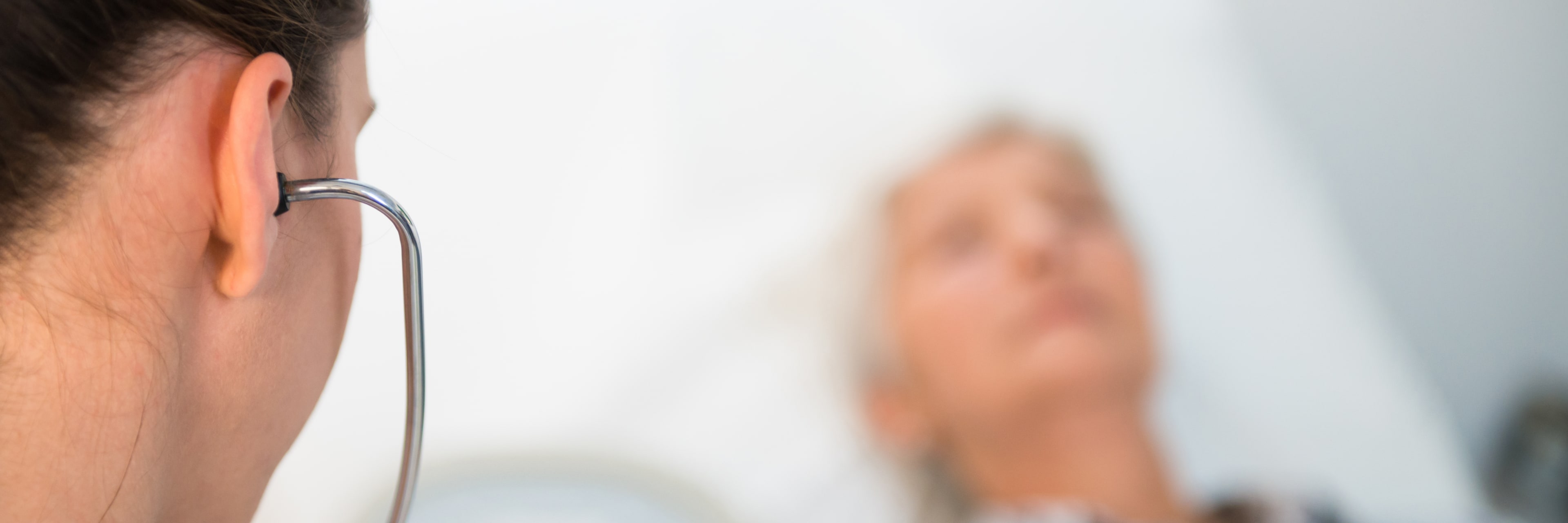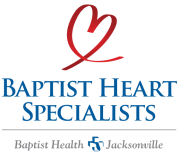Aortic Aneurysm
Aortic Aneurysm Main Content

The aorta is the major blood vessel carrying blood from your heart. An aortic aneurysm is the term for a weakness or bulge in the aorta’s wall. At the weakened area of the aneurysm, the aorta can rupture, or the layers of its tissue wall can separate, which may cause uncontrolled bleeding and death. A rupture of an aortic aneurysm is a medical emergency that requires immediate surgery.
Our Team
Our area’s only freestanding hospital for heart and vascular care, Baptist Heart Hospital is the centerpiece of our top-ranked heart and vascular program, home to more than 500 physicians, nurses and staff – all with specialized training in providing inpatient and outpatient cardiovascular and thoracic care. Our team includes:
- Cardiologists
- Cardiothoracic surgeons
- Endovascular surgeons
- Cardiac care coordinator
- Pharmacists
- Cardiovascular surgeons
- Emergency medicine specialists
- Cardiovascular nurses
- Nutritionists
- Patient and family educators
- Exercise and rehabilitation specialists
- Peripheral vascular disease specialists
Symptoms and Diagnosis
Three of every four abdominal aortic aneurysms have no symptoms. Your primary care doctor may discover it while pressing on your abdominal area during a routine physical exam. This is a good reason for a regular check-up. When symptoms do occur, they usually include:
- Severe or dull pain in the abdomen, chest, lower back or groin area. When pain occurs, an aneurysm is often about to rupture
- Acute, sudden, severe pain in the back and/or abdomen may occur during rupture. This is a life threatening medical emergency requiring immediate medical care
Several methods may be used to diagnose an aneurysm
- Computed Tomography (CT or CAT scan), which uses X-rays and computer technology to produce cross-sectional images, detailed images of any part of the body
- Magnetic Resonance Imaging (MRI), which uses a combination of large magnets, radio frequencies, and a computer to produce detailed images of organs and structures
- Ultrasound, which uses high-frequency sound waves and a computer to view blood vessels, tissues, and organs and assess blood flow
- Arteriogram (angiogram), an X-ray image of the blood vessels using a contrast dye for clarity
Treatment
Your doctor may monitor a small aneurysm with routine ultrasound. The doctor may also address risk factors such as smoking, diabetes and obesity, and prescribe medication for hyperlipidemia (elevated levels of fats in the blood), high blood pressure or other related issues. If needed, surgical procedures include:
- Abdominal aortic aneurysm open repair: This involves making an abdominal incision and repairing the aorta by placing a tubular graft at the site of the aneurysm
- Endovascular aneurysm repair (EVAR): Using endovascular instruments and X-ray images for guidance, a tubular stent-graft is inserted through the femoral artery and advanced into the aorta at the site of the aneurysm
